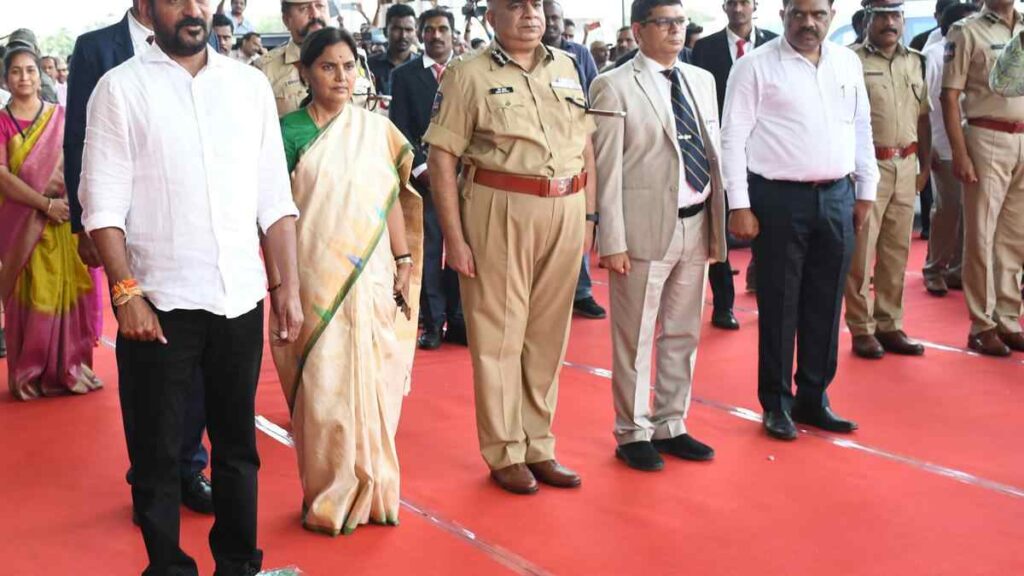Drivers Protests : Impact of New Hit-and-Run Law on Drivers in India
India has recently witnessed widespread Drivers Protests across several states, with drivers vehemently expressing their discontent against the increased jail terms stipulated in the new Bharatiya Nyaya (Second) Sanhita, 2023. The legislation, aimed at addressing hit-and-run cases, has stirred controversy and led to significant disruptions in the transportation sector, impacting the lives of both drivers and passengers.

Background of the Protests
The new law, replacing the outdated Indian Penal Code (IPC), has raised the maximum punishment for hit-and-run incidents from two years to a staggering ten years of imprisonment or a fine of ₹7 lakh. However, drivers argue that accidents are often unintentional and, in the face of threats from enraged mobs, they feel compelled to flee the scene for their safety.
Drivers’ Concerns and Grievances
Drivers across the country have voiced their concerns over the disproportionate repercussions of the new law. They emphasize that accidents are influenced by various factors, many of which are beyond their control. Instances such as poor visibility during fog can lead to accidents, resulting in drivers facing severe penalties despite the circumstances being beyond their responsibility.
Moreover, the protests have left the transportation system in disarray, causing chaos at bus stations and leaving countless passengers stranded. Various factions of drivers, including truckers, private bus drivers, and even some government bus drivers, have joined the protests. Social media reports also suggest the involvement of cab drivers in certain states, underscoring the breadth of the agitation.
Impact on Fuel Supply and Public Services
The protests have also adversely affected fuel supplies in multiple regions. Long queues at petrol pumps in cities like Nagpur and Himachal Pradesh have been observed, driven by fears of a potential fuel shortage as truck drivers’ demonstrations continue. Notably, the agitation has resulted in disruptions to fuel distribution, raising concerns about fuel availability in the coming days.
Government Response and Calls for Dialogue
As tensions escalate, government officials have appealed to the protesting drivers to engage in discussions rather than resorting to extreme measures. The government emphasizes that enacting a law does not necessarily imply its immediate punitive application, urging for amicable resolutions through dialogue.
Conclusion
The protests against the new hit-and-run law reflect the drivers’ genuine apprehensions regarding the disproportionate penalties imposed on them for accidents, especially those caused by uncontrollable circumstances. The disruption in essential services and transportation highlights the urgency of addressing these concerns through constructive dialogue and potential amendments to the law that consider the complexities surrounding road accidents.
The evolving situation calls for a balanced approach that ensures road safety while safeguarding the rights and livelihoods of drivers. As both sides navigate this contentious issue, a collaborative effort is crucial to finding a solution that upholds justice without unduly penalizing drivers for unavoidable accidents.
Click HERE to Register for My Masterclass – It is FREE
 It is a FREE Masterclass – Do Not Forget to Register
It is a FREE Masterclass – Do Not Forget to Register















